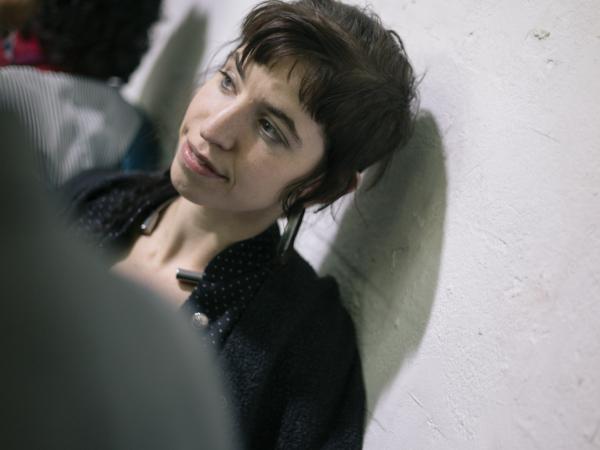The Unhappiness Repairer
This project wants to answer the questions “is it possible to design happiness and make it trainable into the everyday life?” and also “can design be a tool to rebuild the self?” I wanted to shif the attitude from speaking and thinking about being and feeling happy, to actively do something about your happiness, starting from actions and the everyday life behavior. I began developing this methodology with my bachelor thesis, which shows how to inscribe psychotherapeutic treatments into artifacts. I called them, behavioral artifacts. The behavioral artifacts are objects that makes you behave in a certain way.
The new challenge of “The Unhappiness Repairer”, was to inscribe into artifacts the agency of making users perform a positive behavioral change within adverse context influences. I propose this shift as happiness.
My researches focus on the relation between happiness - as knowing one’s own self nature, being in control and engaged in the discovery of one’s personal needs and desires - and the influences of surrounding contexts. Happiness can be influenced and influences the sourrounding contexts in which we are.
“Society and economy needs our unhappiness and social ineptitude to work”.
Paul Watzlawick. Western Society uses happiness as a mechanism to influence and frustrate people actual desires and needs, promising to reach a future bliss. This assure that people accept economical and societal rules, and results in a lost sense of acquaintance with one’s own personal, uninfluenced desires. My methodology aims to help people to detach from the influences of context perceive as adverse, by
using behavioral artifacts. I delegated those artifacts the ability to force users in performing different actions in the context and consequently break their repetitive thinking pattern related to it. The artifacts help the users to understand the nature of the problem they were experiencing in the context. Contextually, these artifacts help users to develop personal strength and to stimulate personalized alternative solutions.
The artifacts are created by observing the usual user’s behavior and the existing objects in his/her personal context. Every artifacts is a camouflage, substitution, sabotage or modification of a preexisting object agency -of everyday use- in the context.
I consider the context as a situation in which different actors (people and artifacts with different scripts actions) interact and influence each other. I delegate the resolution of a troubled mental state to the effectiveness of the artifact’s ability to force behavioral performance change in context. To design happiness means to help people to develop the ability to detach from external influences and to focus on personal needs and desires, through the use of specific designed behavioral artifacts that modify the interaction in and the perception of a context.
In few words:
The Unhappiness Repairer is a profession and methodology that combines psychological theories with the design field to transform happiness into a learnable mechanism with which to experience everyday life.The first case study on Ingrid Magilsen, “From old place to new space”, explains how the methodology works. By sabotaging the context in which a person feels unhappy, through objects (as silent viewers of the everyday life) and script modifications, it is possible to change actions and behaviour, detach from negative influences, and change thoughts and points of view on the problem itself, pushing the development of a personal meaning of happiness as a pragmatic suggestion to follow.









Comments 0
Say something